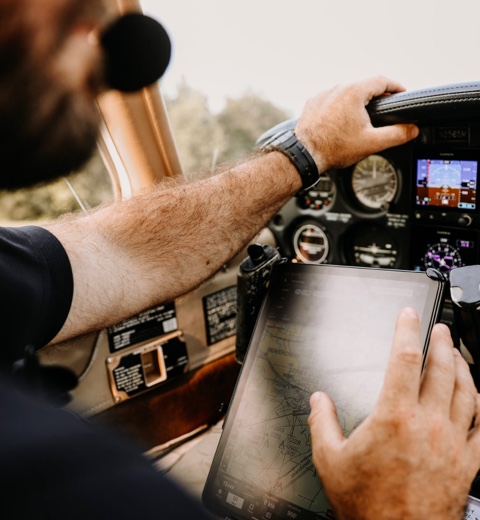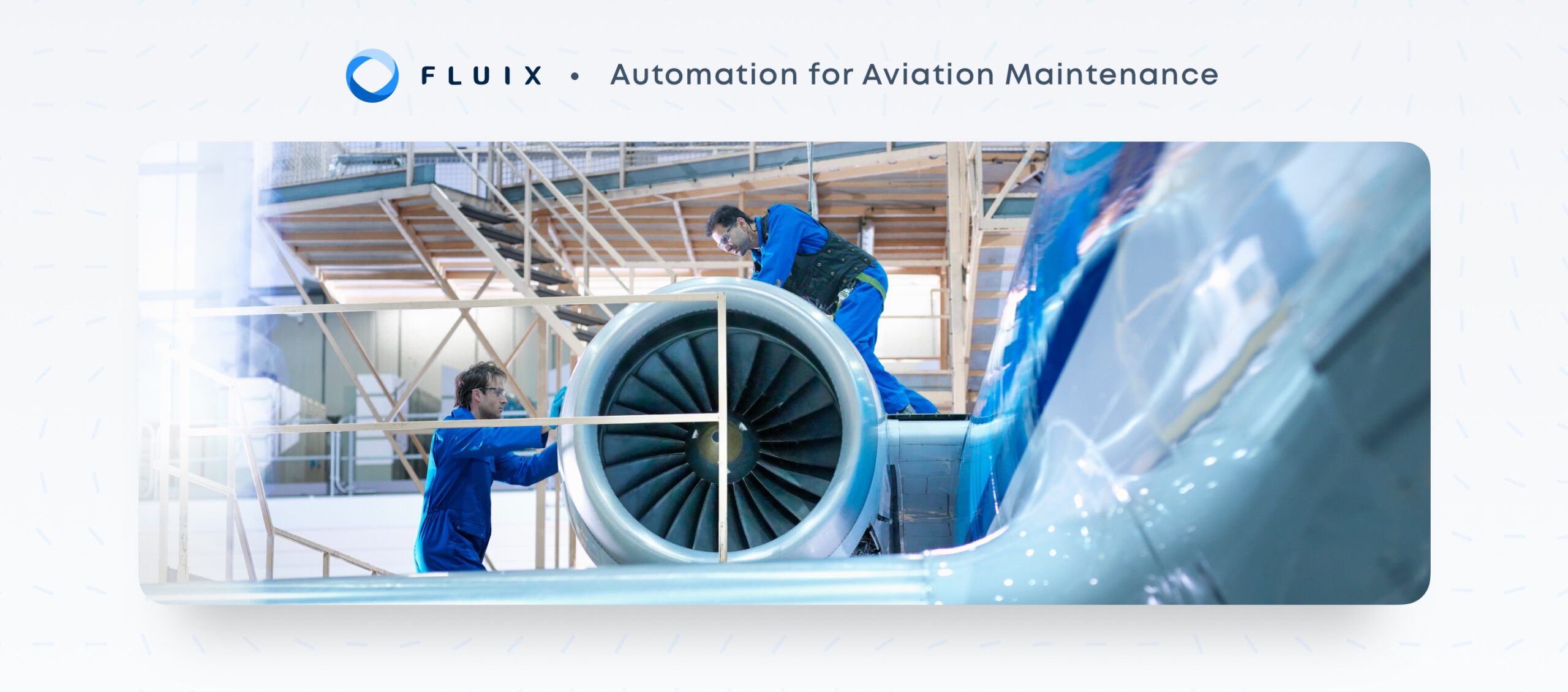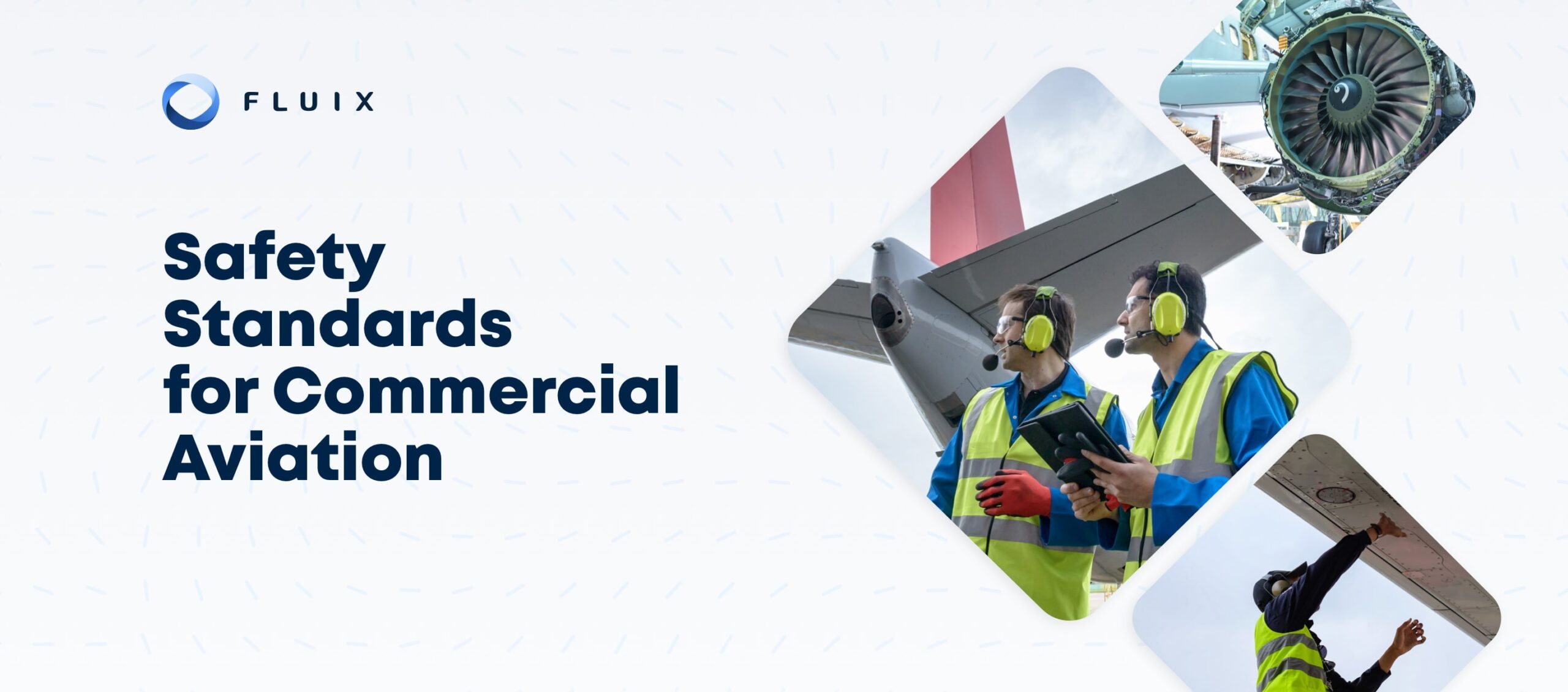As technology advances, the methods by which we maintain and operate aircraft must also advance. Maintenance, repair and overhaul form a critical component of aviation that has been around since the early days of flight. MRO keeps planes flying safely and efficiently. As aircraft become more complex and new technologies emerge, MRO becomes critical.
What Is MRO in the Airline Industry?
MRO benefits any industry that relies on heavy machinery for operations. It is vital for the aviation industry because planes have less room for error. Consider its main components:
- Maintenance: This is the process of keeping an aircraft in a serviceable condition through regular checks and repairs.
- Repair: Engineers complete this work when an aircraft is not in a serviceable condition. Repairs can occur with or without a schedule.
- Overhaul: This is a more intensive form of repair that is done every few years or after a certain number of flight hours. It involves disassembling, cleaning, and reassembling an aircraft part.
What Are the Main Types of MRO Activities?
Several different activities comprise MRO. Breaking it into these main headers makes it easier for aviation mechanics to ensure they cover all the necessary bases:
- Component MRO: This focuses on maintaining, repairing, and overhauling aircraft components.
- Structural MRO: As the name suggests, structural MRO focuses on the structure of an aircraft. It can include anything from the frame to the control surfaces.
- Airframe MRO: Airframe MRO is similar to structural MRO, but it goes into greater detail. It includes work on the engine, landing gear, and other systems that are not considered structural.
- Line Maintenance: Engineers complete line maintenance while an aircraft is in service. It can include anything from a simple check to more complex repairs.
- Hangar MRO: Engineers complete this work when the aircraft is not in service. Hangar MRO can also include anything from a simple check to more complex repairs.
What Are the Main Types of MRO Facilities?
While MRO is an aviation standard for quality control, the execution can take many different forms. These differences are evident in the various MRO facilities and repair arrangements now available.
- Independent Repair Stations: These businesses provide MRO services to airlines and other clients. Aircraft manufacturers do not own them.
- Original Equipment Manufacturers: These businesses make aircraft parts and offer MRO services. Manufacturers often do a much better job of providing MRO services because no one knows their products better than they do.
- Airline Maintenance Departments: These are aircraft MRO services provided internally by airlines. They may use independent repair stations or OEMs to supplement their services.
- Fixed-Base Operators: These businesses provide general aviation services, including MRO services. Additional benefits include parking and refueling.
- Defense MRO Companies: These businesses provide MRO services to the military. They often have experience with complex aircraft and avionics systems. In some cases, militaries maintain these MRO companies themselves.
- Corporate Flight Operators: Like the military, the top corporate flight operators also enjoy managing MRO activities in-house. They tend to build their own facilities and hire top talent.
Post-COVID Trends in Aviation
Learn about major trends and challenges faced by the airline industry due to the COVID pandemic


What Are the Top 4 MRO Trends in Aviation?
Aviation as we know it is rapidly changing. From new environmental restrictions to rapid technological advances, aviation has adapted and improved rapidly. Some changes failed to stand the test of time, but experts think these four main trends will remain for the foreseeable future.
1. Digital Twins
These are digital replicas of aircraft or aircraft components. Companies use them to test new designs and predict how they will perform in the real world. Some of the biggest names in aviation already use this MRO technology. Airbus, for example, uses digital twins to design new aircraft.
When it comes to maintenance, digital twins make it possible for aviation mechanics to monitor physical components while the plane is in the air. For example, they can see how the wings respond and how well the engine runs. They can then plan maintenance around resolving any potential issues that arise.
Engineers must add thousands of data sensors in strategic locations to create this digital replica. These sensors work together to paint a real-time picture of aircraft performance.
2. Predictive Maintenance
Predictive maintenance is a form of MRO that uses data to prevent problems before they happen. Prevention requires monitoring aircraft components for early signs of wear and tear. Its most advanced stages rely on the same sensors used for digital twinning. It then takes things a step further by incorporating the power of artificial intelligence.
Engineers use predictive maintenance to improve safety, reduce downtime and save money. AI makes it easier to determine what to work on for each aircraft and the perfect time to do so. Consequently, engineers no longer need to rely solely on good memory and a manual log to determine what needs maintenance, repairs or overhauling and when. Perfect timing ensures the following benefits:
- The plane makes better long-term use of existing components to reduce loss from early replacement.
- The company does not lose revenue from being so proactive that it replaces perfectly good parts too early.
- The maintenance, repairs or replacement takes place before the risk of component failure reaches troubling levels.
3. Drone Usage
Drones have become increasingly common in the world of MRO. Engineers use them for various tasks, such as inspections and even repairs. These machines are handy for hard-to-reach places and areas that pose a high risk for human workers. Drones can even transport parts and tools to technicians.
The main difficulty of using drones stems from regulatory differences around the world. America currently has some of the strictest rules, making it difficult to enjoy the full scope of benefits drones bring to the inspection and MRO process.
U.S. aviation companies may need to consider lobbying for exceptions or rule changes soon. Otherwise, they could fall behind global competitors.
4. Cloud-Based MRO Solutions
Aviation MRO requires a significant investment in physical assets. These investments range from the space to store and work on aircraft to the machines necessary to accomplish this. Consequently, cloud computing provides the perfect opportunity to remove the need for one set of physical assets: servers and IT space.
The cloud is a great way to manage maintenance schedules and keep track of aircraft components. It also makes it easier to share this data across global MRO teams.
How Can Fluix Assist With MRO?
Maintenance, repairs and overhauls generate a great deal of paperwork. Aviation techs rely on this information to remain compliant, track performance and identify issues. Consequently, they need a reliable and secure platform to store the information and help them digitize some of the processes.
Fluix makes it easy to digitize everything from inspections to creating reports. We are proud to serve big players in the aviation market, such as Alaska and Titan Airways. Would you like to see what our MRO technologies can do for you? Contact us to get started.





